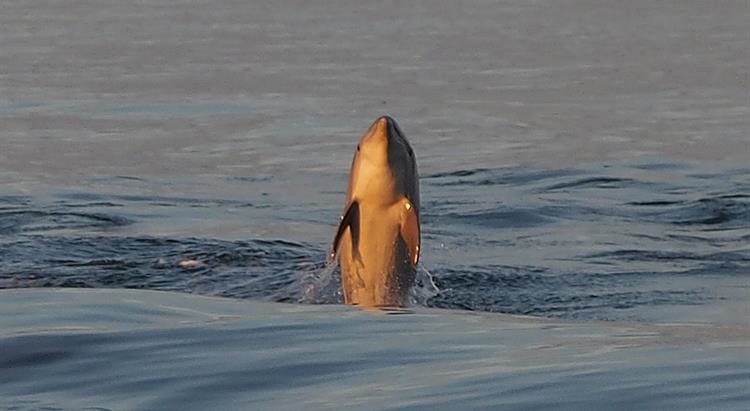06 October 2022

A study of the “blue carbon” resources in the sea around Jersey has been published by the
government’s Marine Resources team.
Blue carbon refers to the carbon captured by the ocean, and within the creatures and plants that
live there. Globally, scientists are exploring how carbon released into the atmosphere by humans,
contributing to the climate emergency, can best be offset by expanding or safeguarding ocean
habitats that can soak up, store or lock away large quantities.
The local research, which is the first of its kind in the Channel Islands region, used a combination of
biological, environmental and geological evidence to estimate the stored weight of carbon in
Jersey’s marine environment, and the rate of production and burial.
The report estimates that in Jersey’s territorial waters there are:
• over 12 million tonnes of carbon stored inside the hard shells of animals such as clams,
crustaceans and corals
• over 80,000 tonnes of carbon stored in Jersey’s coastal seaweeds
• 15,000 tonnes of carbon stored in marine animals, which includes everything from worms
to dolphins
The report also found that Jersey’s seabed permanently removes (sequesters) over 10,000 tonnes
of carbon annually, the equivalent combined weight of the CO2 emissions produced by the Island’s
agriculture and waste management sectors.
Minister for the Environment, Deputy Jonathan Renouf, said: “I’m delighted to see the publication
of this very timely report. Ninety-five percent of the Bailiwick of Jersey is sea, and so it makes sense
for us to explore what role our marine environment can play in combatting climate change.
However, utilising the potential of this resource for carbon sequestration and offsetting will be far
from straightforward, and we will need to carefully explore the available options over the next
couple of years.”
The seabed areas found to have the highest sequestration potential lie to the east and south-east
of the Island. These areas contain key marine habitats such as maerl beds, seagrass and kelp
forests.
Head of Marine Resources, Dr Paul Chambers, who led the research, added: “The results from this
project are very exciting. Not only do they suggest that Jersey’s blue carbon resources are
potentially significant, but the link to animal and plant growth helps identify those areas of seabed
with a high biodiversity and productivity.
“This is really our first major step towards understanding and documenting Jersey’s blue carbon
resources, and we are now engaging in further work to refine the estimates and maps through
more fieldwork and laboratory analysis. Assuming the results remain consistent, a process of
accreditation and management would follow so that Jersey has the option of utilising its blue
carbon resources as part of our work to tackle the climate emergency.”
The Government of Jersey’s work on blue carbon assessment is being carried out with the help of
the Blue Marine Foundation, the University of Plymouth and the University of Exeter, with support
from other experts in the area.